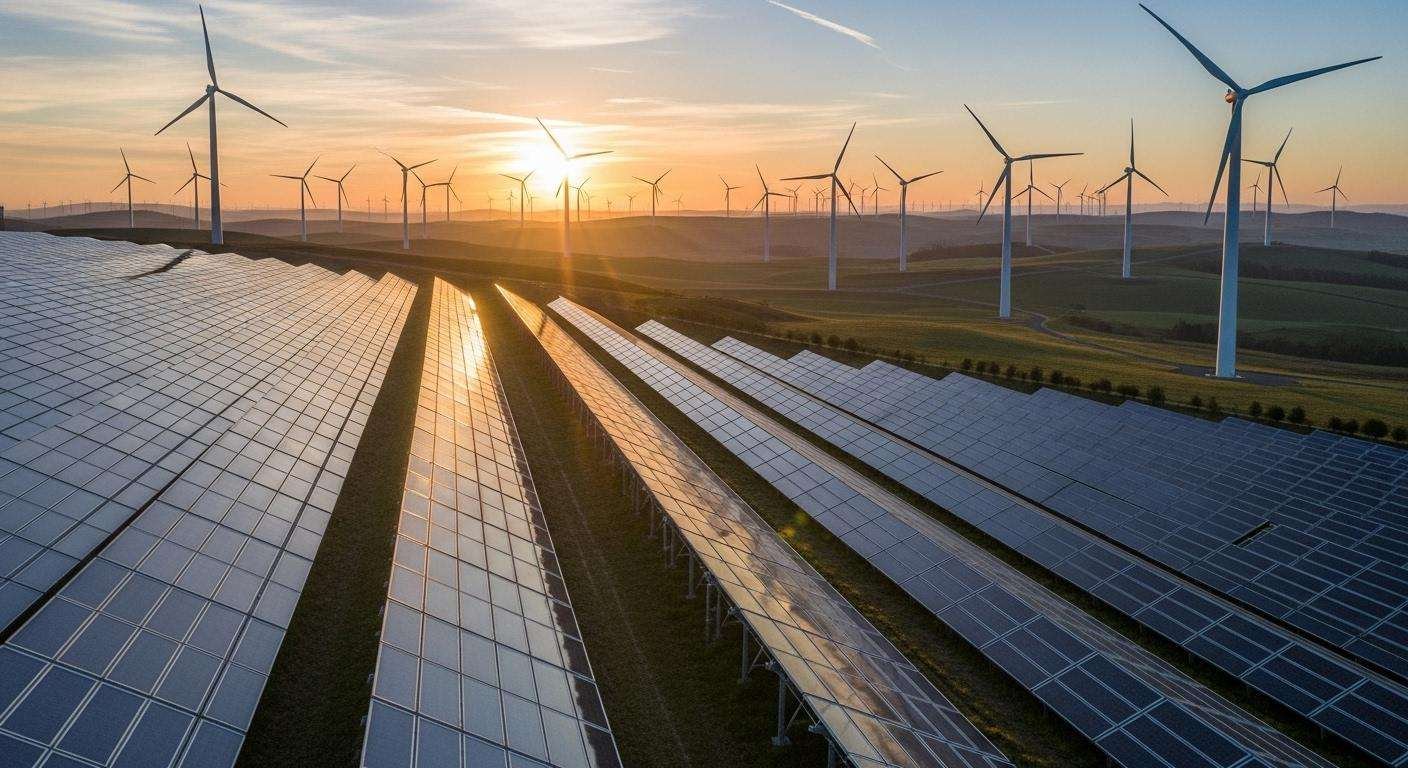
Rising to the Renewable Challenge by 2030: A Global Shift
The year 2030 stands out as a beacon on the horizon, not just because it’s a nice, round number but because it marks a significant checkpoint in our global commitment to renewable energy. Imagine a world where renewable energy sources not only power our homes but also redefine our economies.
From modest beginnings, we’ve seen solar panels sprout on rooftops and wind turbines punctuate vast landscapes. But what’s truly exceptional is the pace at which renewables are set to multiply — in some cases, set to double by 2030. This isn’t just a lofty goal; it’s a tangible target ingrained in international energy agendas.
Why 2030, though? You might wonder. It’s the year earmarked in a slew of international agreements, like the Paris Agreement, where countries worldwide pledged to curb emissions and pivot towards greener energy. (Discover more about how global agreements shape energy policies by exploring international agreements on renewable energy).
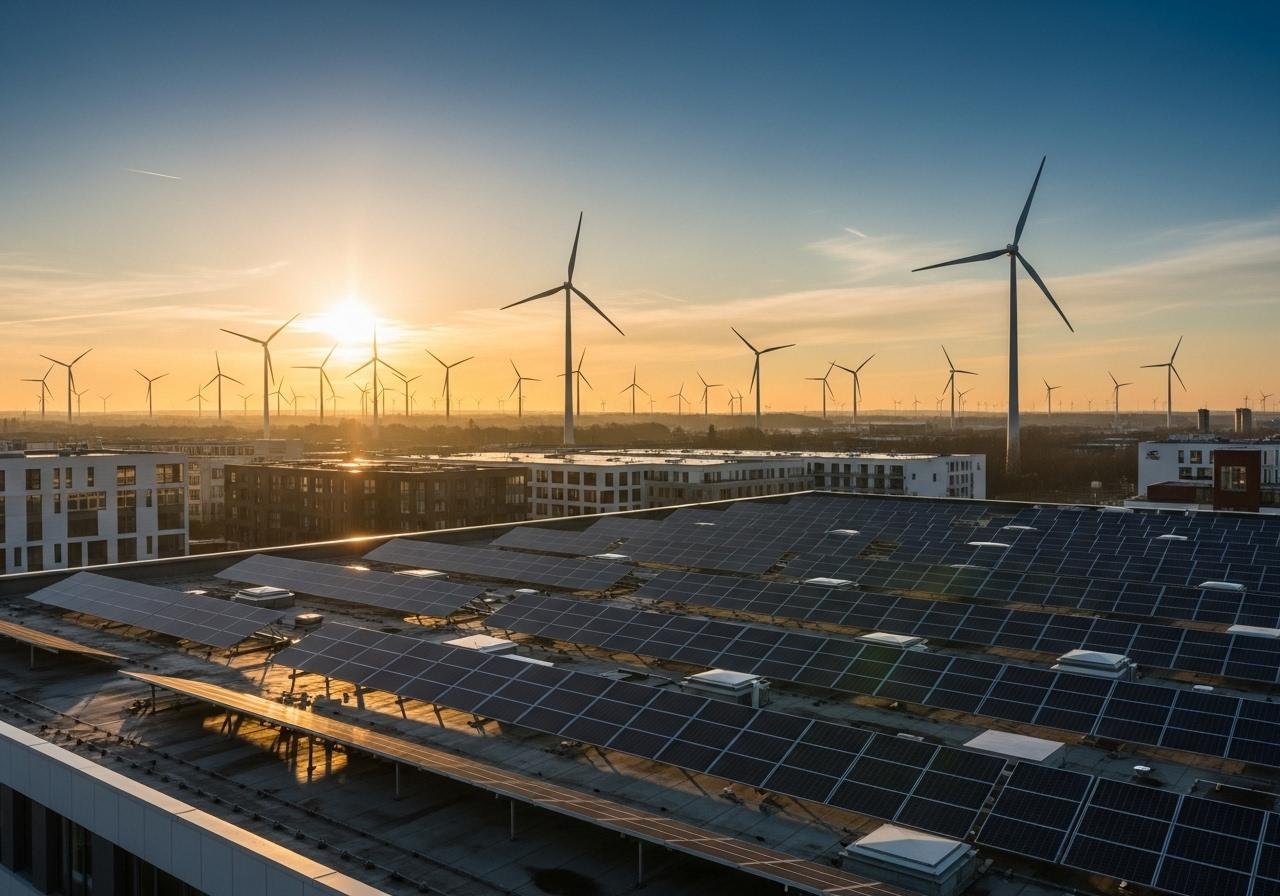
Turbocharged Growth: What’s Driving Renewables?
Several factors fuel this green surge, not least government policies and international agreements, such as tax incentives and subsidies which have laid the groundwork for renewable growth. Equally compelling is the rising environmental consciousness among individuals and corporations. As people become increasingly aware of their carbon footprints, there’s a collective movement towards cleaner alternatives.
Then there’s technology innovations and mass production that have slashed costs, making solar panels and wind turbines simultaneously more efficient and affordable than ever.
Drivers of the cost reductions
-
Economies of scale / volume growth
As cumulative global production doubled multiple times, the cost per unit fell (a “learning curve” effect, sometimes called Swanson’s law) — often quoted as ~20 % price drop for each doubling of cumulative shipments. In fact according to MIT prices have dropped 99% since the 1970’s. -
Technological improvements
Advances in cell efficiency, wafer and cell manufacturing, thinner wafers, better materials, improved module manufacturing, and balance-of-system innovations. -
Decline in module-level costs
The bare module cost has dropped particularly steeply. This reduction is often the largest single contributor to system cost decline. The Department of Energy’s Energy.gov+3NREL Documents+3NREL+3 -
“Soft costs” reductions and Learning/Experience effects
Improvements in permitting, installation labor, design, interconnection, operations, financing, and overheads have also contributed, and as more systems are built, producers and installers gain experience, lowering inefficiencies and costs.
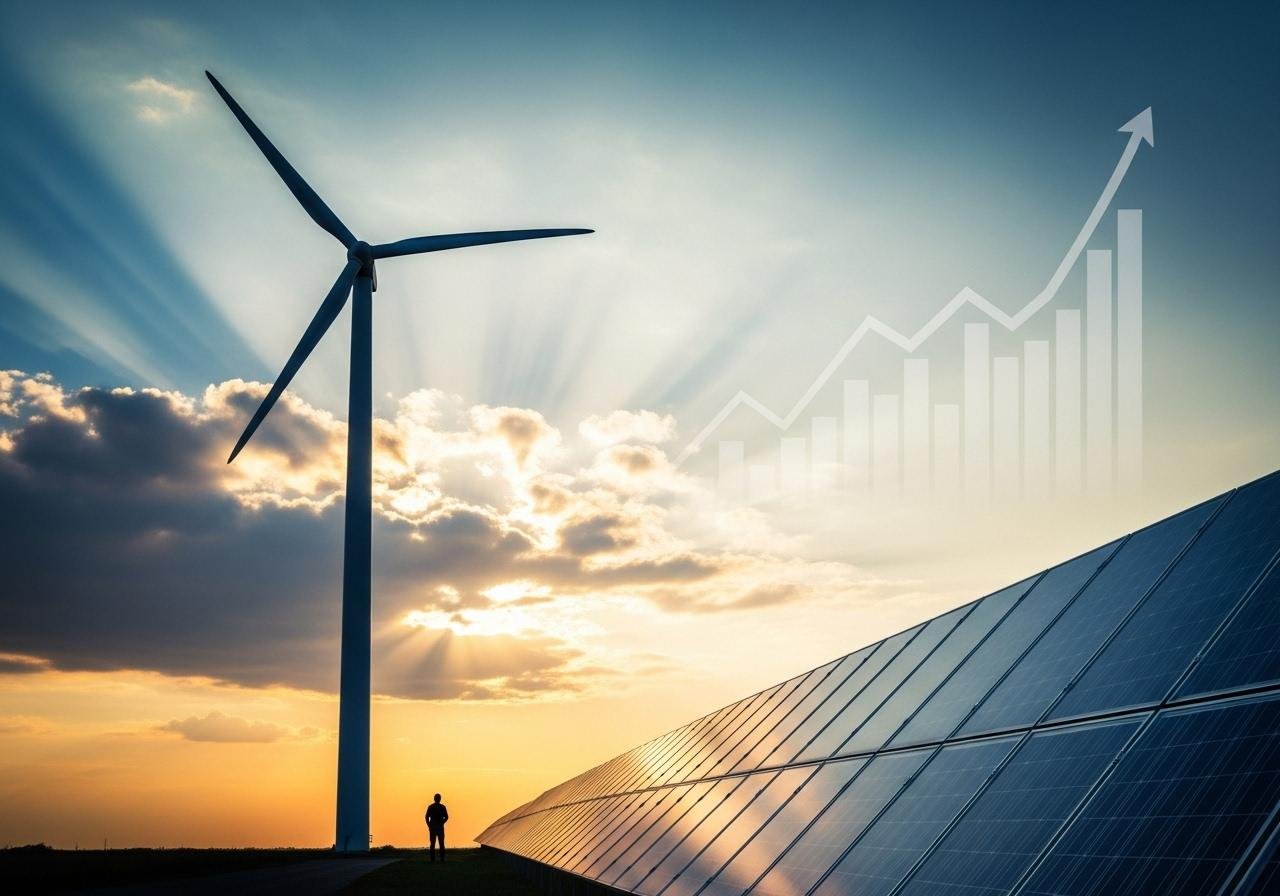
Powering Up: Key Renewable Energy Sources
Let’s spotlight the heroes of this renewable rally. First up, solar power. With plummeting costs and increased accessibility, solar energy is shining brighter than ever. Next is wind energy. New technology has harnessed the winds both onshore and offshore, turning them into formidable forces in the energy sector.
Hydropower plays an essential role, providing clean energy while wrestling with challenges like ecological impacts. And let’s not forget the new kids on the block: geothermal, biomass, and ocean energy. Each offers unique benefits, like the endless energy beneath our feet and the mighty power of ocean waves. (To see the intersection of different energy types, explore how biomethane harnesses natural gas for sustainable practices).
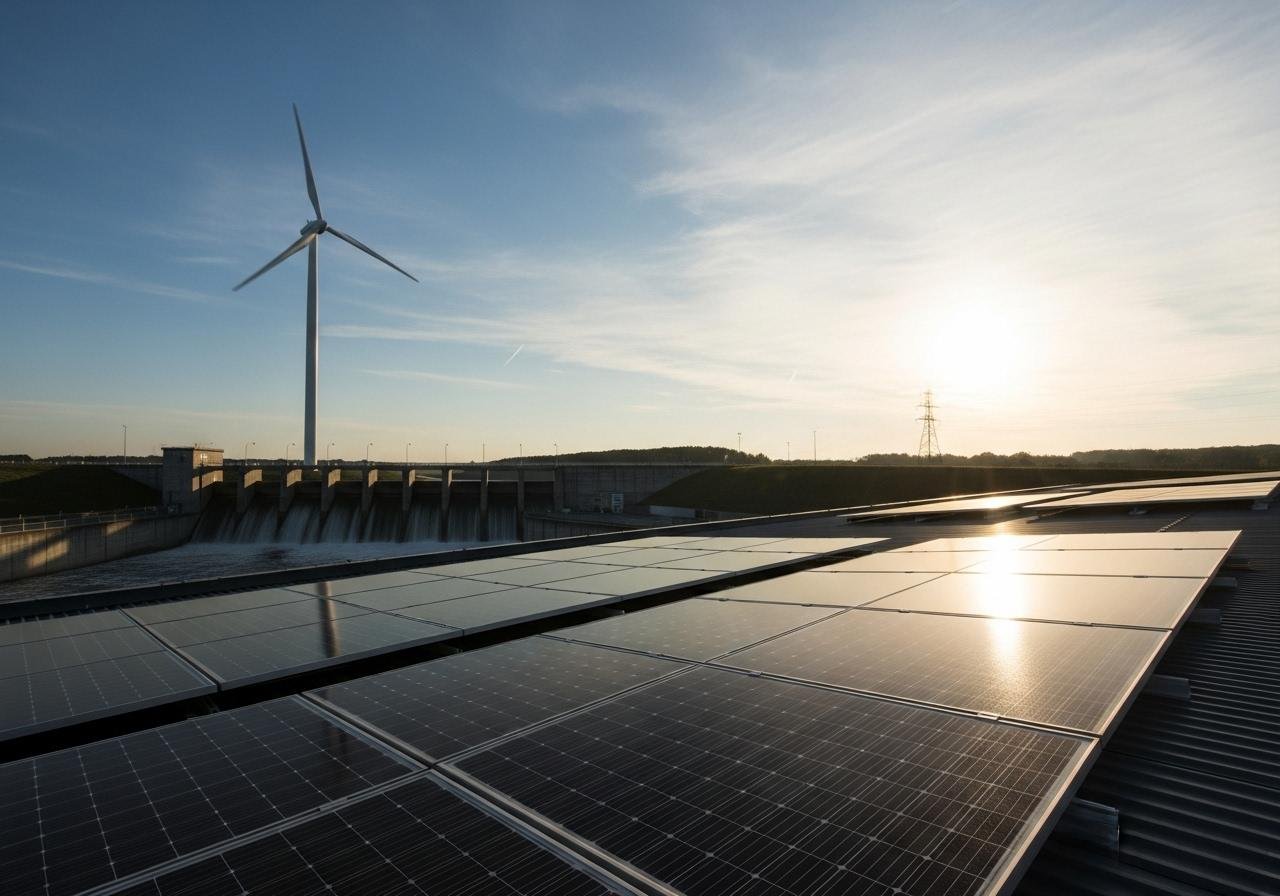
Regional Leaders and Influencers
Different regions around the globe are making strides in renewable energy adoption. Countries like Germany and especially China are leading the charge, investing heavily in infrastructure and innovation. Their strategies are not merely regional triumphs but global inspirations, indicating what’s possible when policy and technology align.
Regional policies and collaborations are essential; for instance, Europe’s Green Deal is a collaborative effort to lower emissions across the continent. Yet, each region faces unique challenges based on its economic, political, and climatic realities. In Africa, for example, the abundant sun offers tremendous solar potential, but financial and infrastructural hurdles need addressing.
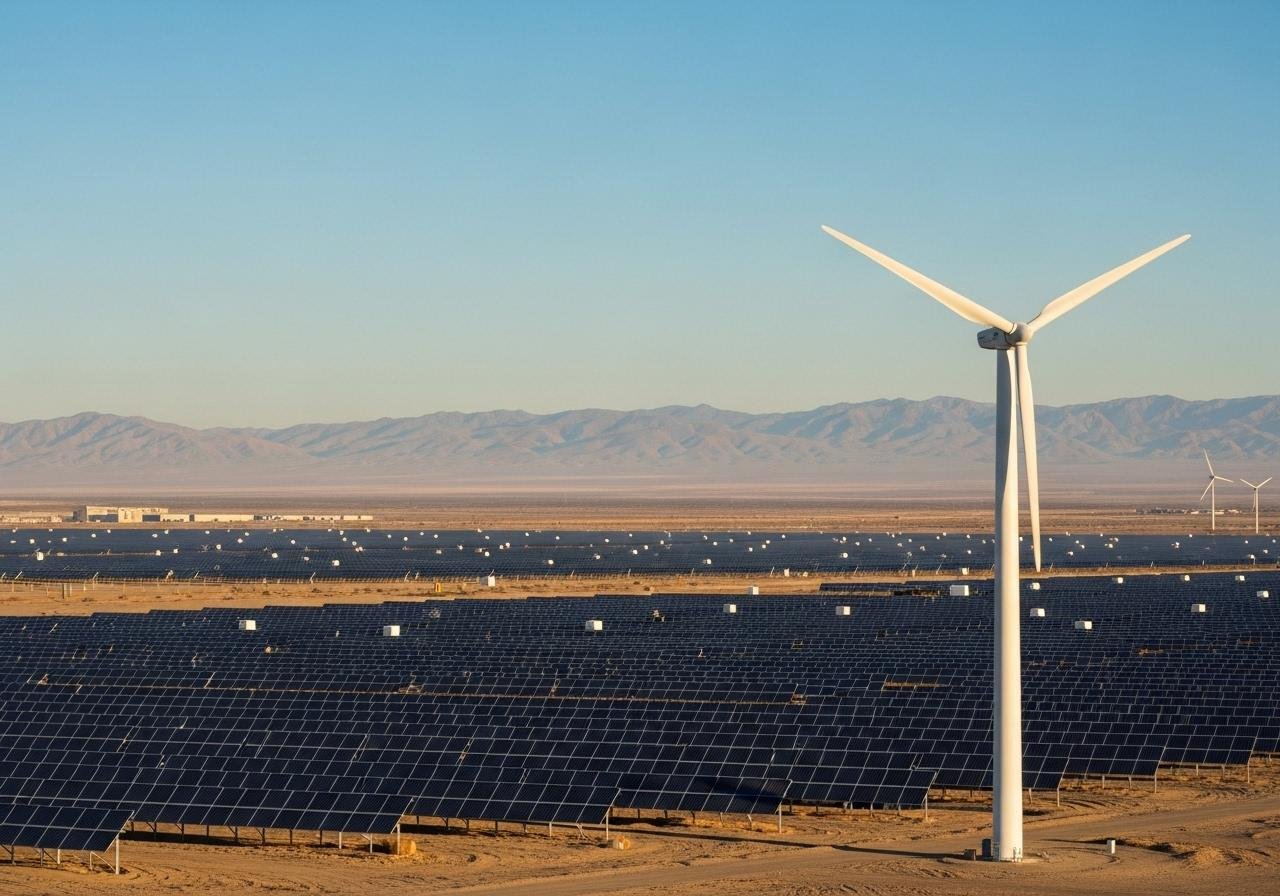
Crossing Hurdles: Challenges in Reaching 2030 Goals
While the vision is bold, the path involves overcoming several challenges. Infrastructure limitations show that our grids need modernization to integrate renewable energy effectively. Storage solutions for intermittent sources like solar and wind are still developing, posing integration challenges.
Furthermore, the financial investments required for large-scale projects are colossal, demanding strategic resource allocation. Then, there are socio-economic and environmental impacts, which must be managed thoughtfully to ensure the transition is equitable and sustainable.

Innovations and Future Opportunities
Innovation is the lifeblood of this energy transition. Breakthrough technologies, from advanced battery storage to smart grids, are set to drive growth. Investment trends indicate a surge in funding opportunities, with start-ups and tech giants alike playing transformative roles.
This shift also opens doors for educational and skill development, essential for building a workforce ready to tackle tomorrow’s renewable challenges. If you’re interested in how innovation impacts waste management, explore waste management as a driver of innovation and entrepreneurship.
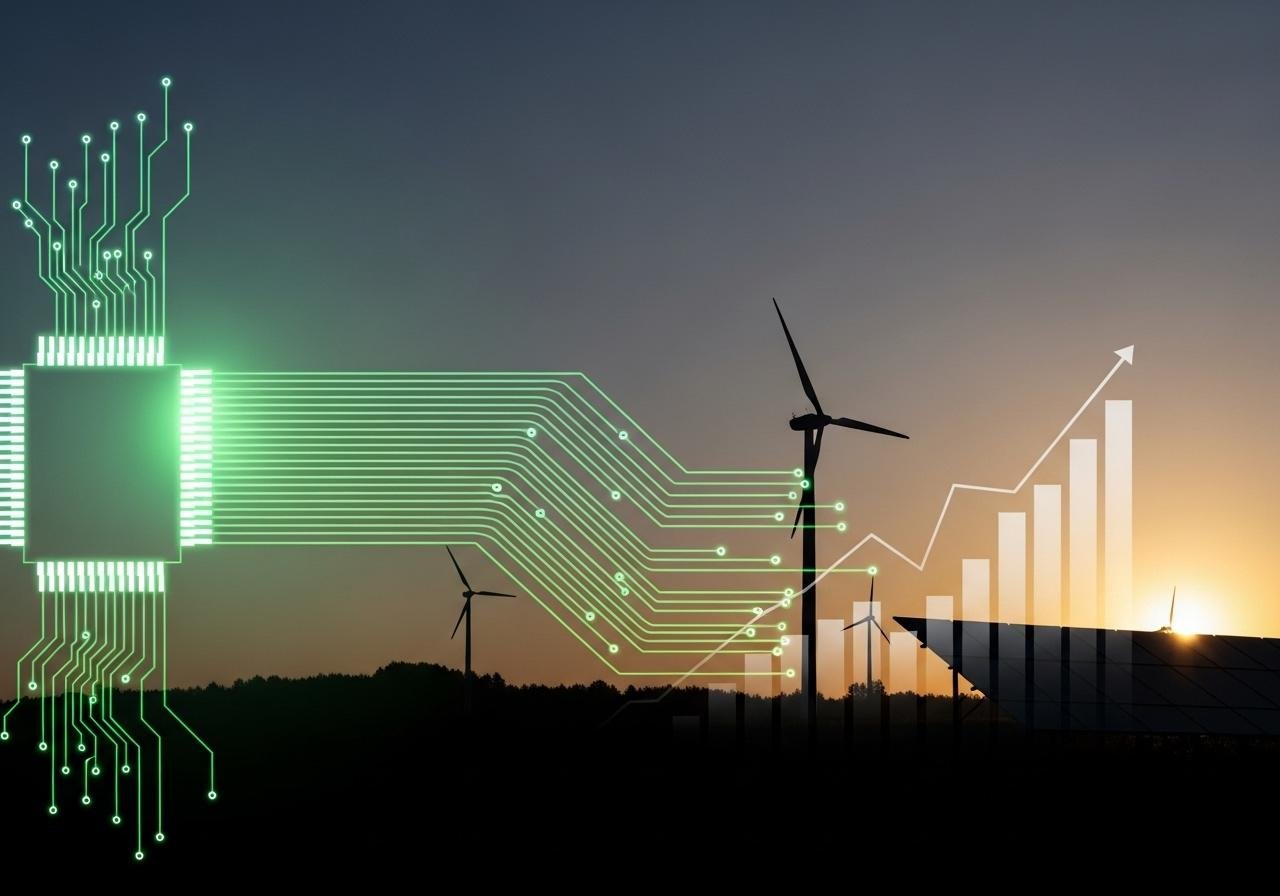
Tracking Progress: Are We on Course?
Monitoring our journey towards 2030 involves clear benchmarks and indicators. Organizations like the International Energy Agency are crucial in tracking these developments, ensuring transparency and accountability. Sharing data openly is not just a best practice; it’s a necessity for building trust and measuring success.
Success stories, like Denmark’s wind energy achievements, serve as beacons of progress, highlighting what can be accomplished with determination and strategic planning.

The Community’s Role in the Renewable Revolution
At the heart of this transition are individuals and communities. Local renewable projects show how grassroots initiatives can make significant impacts. For instance, community-led solar farms provide clean energy and strengthen local economies.
Individual choices — like opting for green energy plans or conserving electricity — also contribute to global goals. Educational campaigns and awareness efforts help instill the importance of sustainability in everyday life. [Learn how community engagement impacts sustainability efforts](https://green.org/2024/01/30/community-engagement-in-wastewater-treatment-planning).
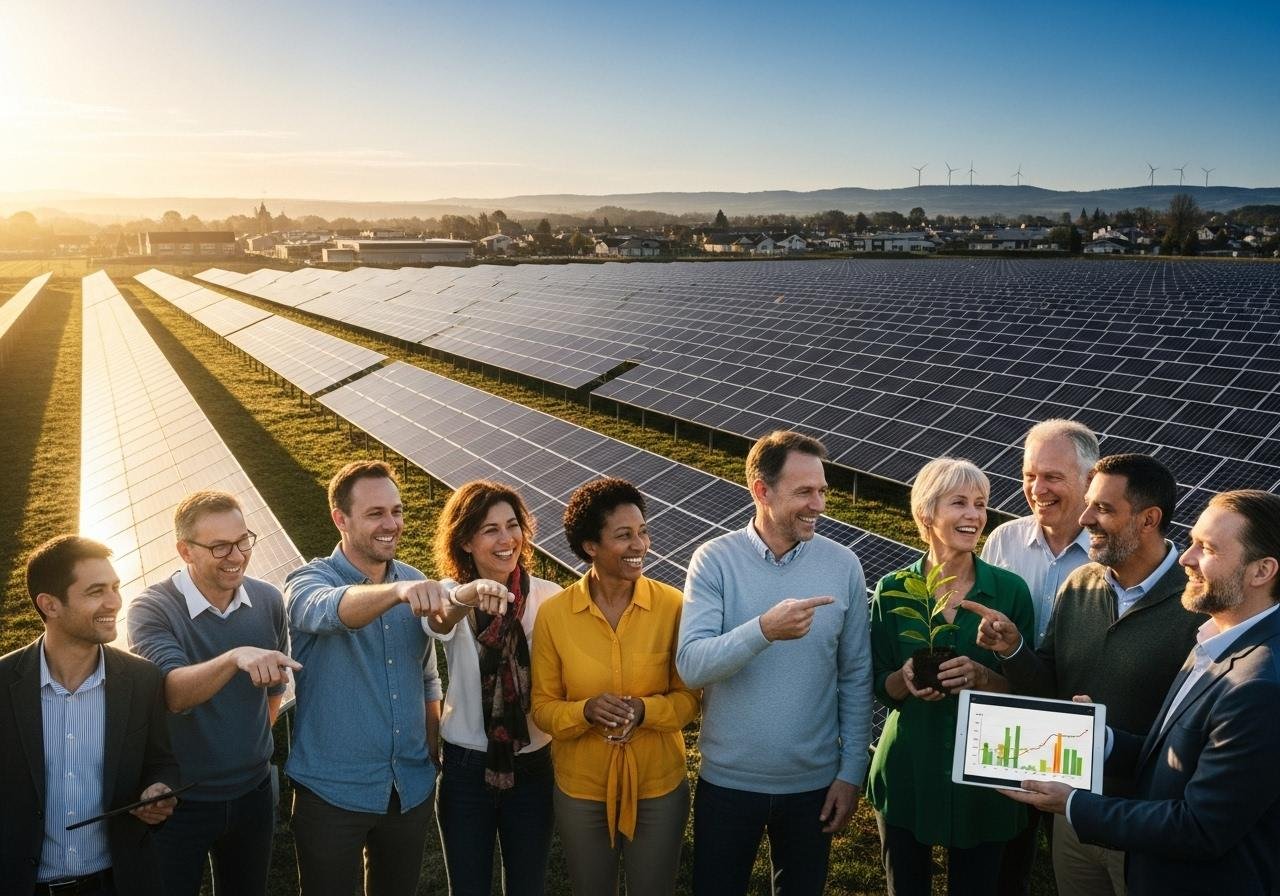
FAQs
Q: Why is 2030 an important year for renewable energy?
A: 2030 is often highlighted in international agreements like the Paris Agreement as a key deadline for reducing emissions and expanding renewable energy usage globally.
Q: What are the main challenges in doubling renewable energy by 2030?
- Renewables are set to double by 2030, driven by global commitments and innovations.
- Key drivers include government policies, tech advancements, and economic benefits.
- Solar, wind, and emerging energies are key contributors to this growth.
- Challenges include infrastructure, storage, investment, and socio-economic impacts.
- Individuals and communities play crucial roles in the energy transition.
This article is for informational purposes only.
Reference: International Energy Agency
The post Renewables to double globally by 2030 appeared first on Green.org.














